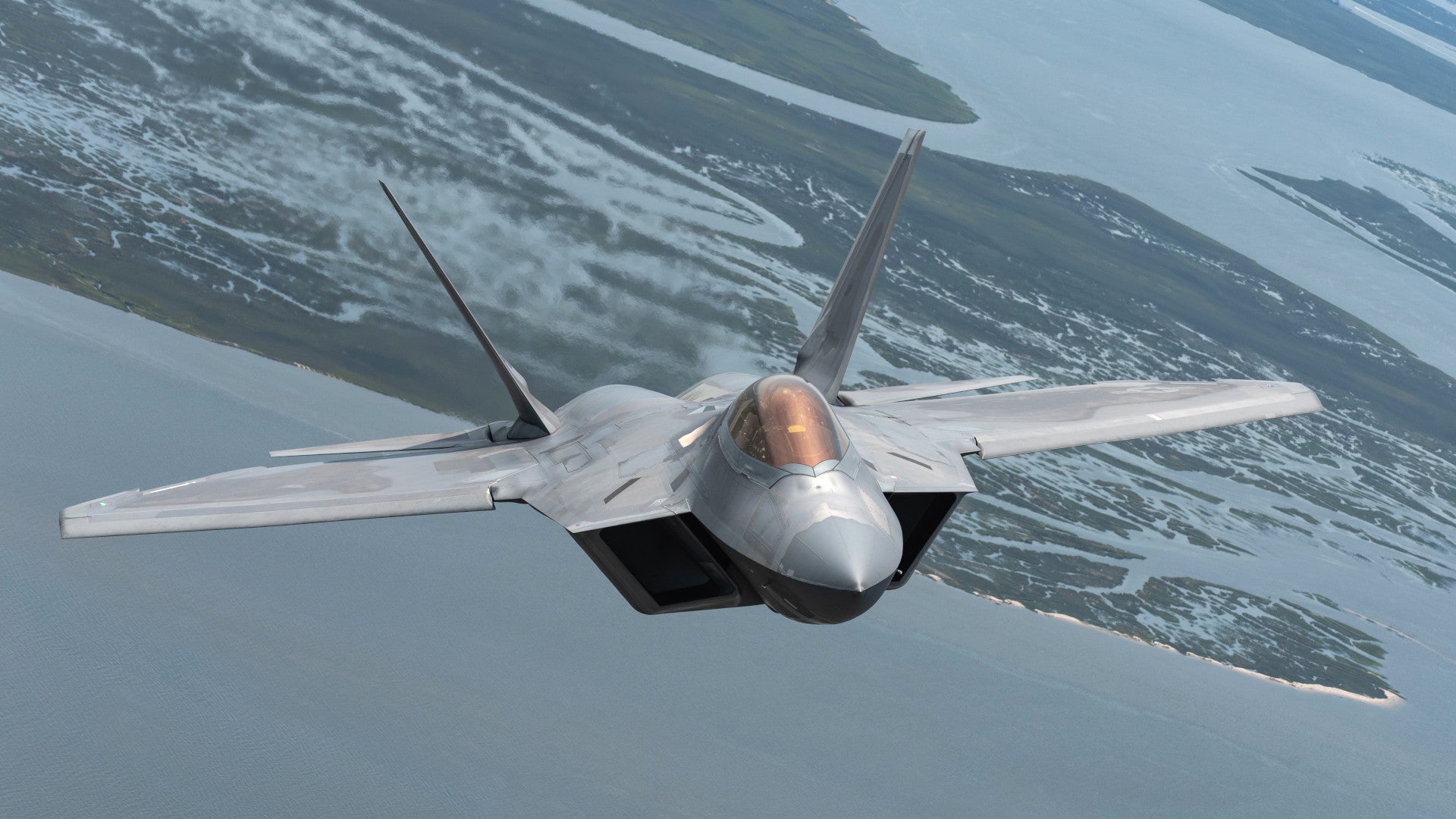The U.S. Air Force has now publicly acknowledged that the F-22 Raptor stealth fighter fleet will not hit an 80 percent mission capable rate target by the end of this current fiscal year. There are also questions about whether the readiness gains that the service has made with respect to the F-22 will be sustainable in the future.
U.S. Air Force Brigadier General Heath Collins, the service’s Program Executive Officer for Fighters and Bombers, gave the status update to reporters during the Life Cycle Industry Days at Wright-Patterson Air Force Base in Ohio last week. In March 2019, former Secretary of the Air Force Heather Wilson told members of Congress that the F-22s were unlikely to reach the 80 percent goal by the 2019 Fiscal Year, which comes to a close on Sept. 30, 2019.
In September 2018, former Secretary of Defense James Mattis had demanded that the Air Force take all possible steps to get the average F-22 mission capable rate up to at least 80 percent by the time Fiscal Year 2019 wrapped up. His memo also set the same targets for Air Force F-16 Vipers, Navy and Marine Corps F/A-18 Hornets, Navy F/A-18E/F Super Hornets, and F-35 Joint Strike Fighters across all three of these services.
“The MC [mission capable] numbers are higher than they’ve ever been,” Brigadier General Collins told reporters. He did not give an official figure, stating that the actual mission capable rate for the F-22 fleet was classified. Historically, these rates for the Raptors have been notoriously low, typically hovering around 50 percent. The actual full mission capable rates, which refer to the percentage of the fleet that is, on average, capable of meeting all mission requirements, may have been substantially lower than this, as well.
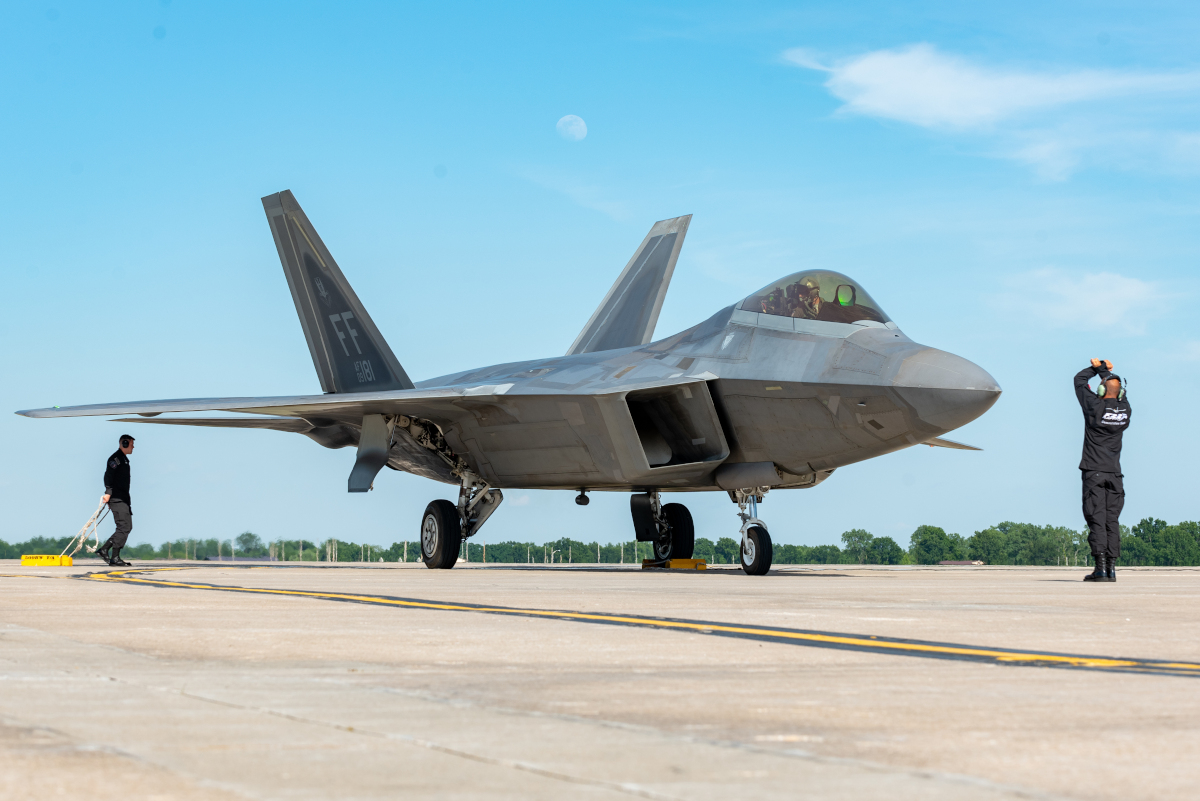
“We clearly see the benefits” of a boost in resources, Collins added. During the fiscal year, the Air Force reprogrammed funding from other parts of its budget to help purchase additional stocks of spare parts, the officer explained. The service had also paid Lockheed Martin to keep an additional maintenance bay open “seven days a week” in its Marrietta, Georgia facility to increase F-22 depot capacity.
Improving the readiness of the F-22, in particular, is important given that it remains one of America’s most advanced fighter jets. The notably short-sighted decision to dramatically curtail the planned purchases of Raptors in the first place has left the Air Force with a relatively small fleet overall, which only exacerbates the impacts of low readiness rates. At present, the Air Force has around 186 F-22s in total, but only around 125 of them are assigned to combat-coded units.
The Raptor fleet has suffered a number of serious mishaps over the years, too. Just in 2018, one F-22 suffered a belly landing and another jet that ended up on its side, mishaps that caused significant damage to both aircraft. Another one of the stealth fighters suffered a catastrophic engine failure last year, too, but was able to land safely.
In 2018, the Government Accountability Office (GAO) issued a report highlighting how low availability and poor utilization of the fleet as a whole had limited F-22 units’ abilities to train for and otherwise be prepared to participate in high-end conflicts where their stealth and other capabilities would be absolutely essential.
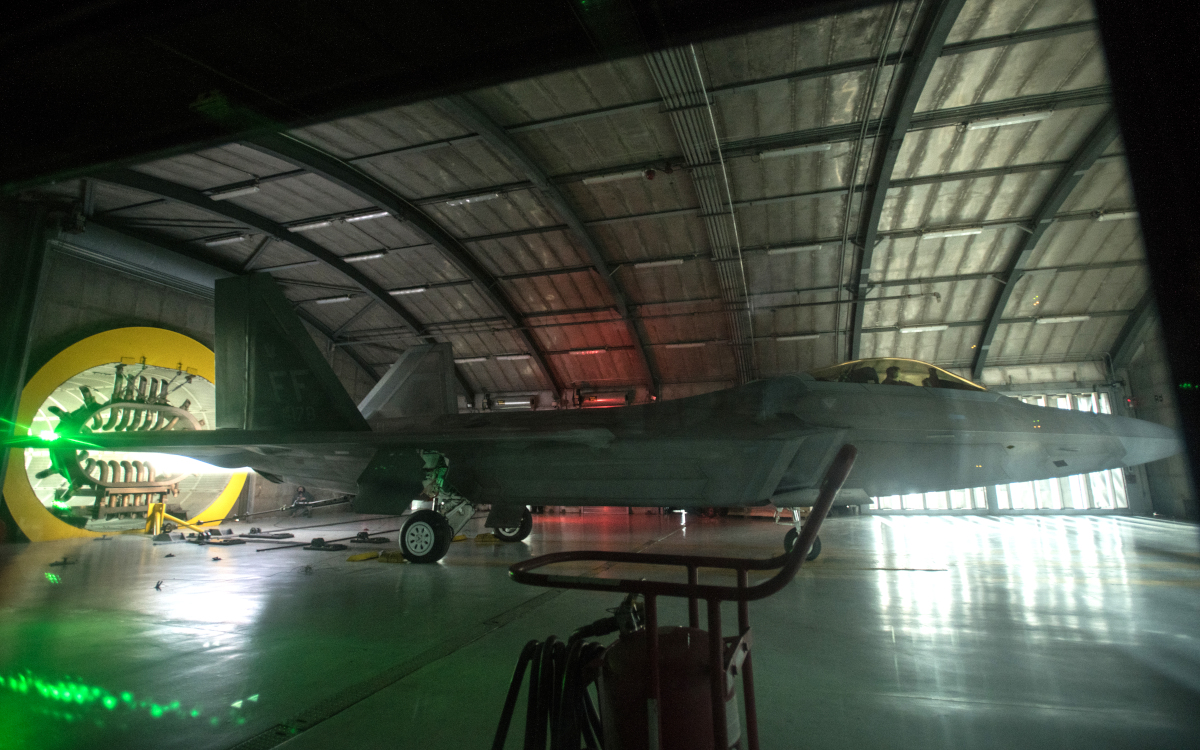
So, even if the F-22 fleet hasn’t hit an 80 percent mission capable rate, significant progress in that direction is certainly a positive development. Brigadier General Collins wouldn’t give a fixed timeline for when the Raptors might finally hit that target.
But there are also concerns about how sustainable these readiness improvements are, even in the near term. In March, former Secretary of the Air Force Wilson had highlighted 2018’s Hurricane Michael, which decimated Tyndall Air Force Base in Florida, a major F-22 hub, as one of the major factors preventing the Raptors from reaching the 80 percent mark.
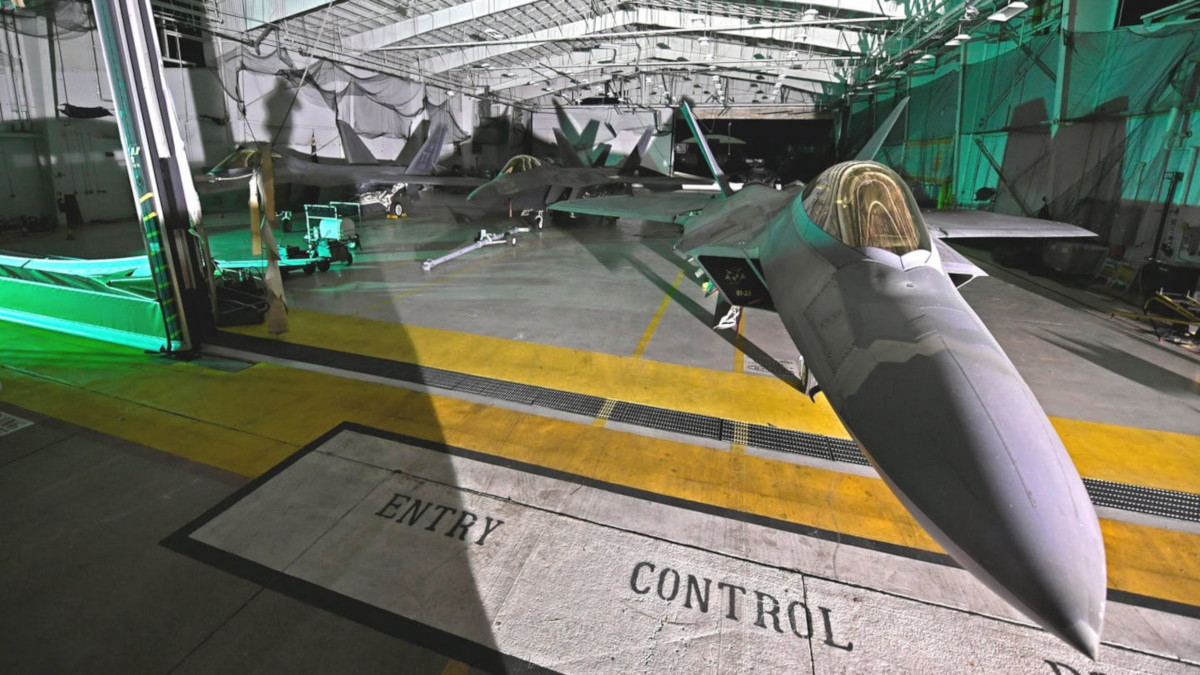
Now, Collins has said that the disaster actually helped improve the readiness rates, because it reduced the total flying hours across the F-22 fleet. The return of forward-deployed F-22s from the Middle East in February 2019, marking the first time in years that Raptors have not been operating in that region, along with a pair of earthquakes in late 2018 that damaged Joint Base Elmendorf-Richardson in Alaska, also contributed to reduced flying demands across the fleet.
All of this, in turn, led to an easing of maintenance and logistics demands. Preventive maintenance, in particular, often occurs based on flight hours. So, when the jets fly less, they also need to go in for inspections and get parts replaced on a less frequent basis. Reduced flying time also means less need to remediate the Raptor’s sensitive stealth coating, which is time-consuming to apply and maintain, in general.
The challenge now will be to ensure that the positive trends continue when the fleet’s flight hours increase again. Consolidation of the Raptors at fewer bases is one avenue the Air Force is looking at that could help make reductions in maintenance and logistical demands more permanent. In March 2019, the Air Force proposed reorganizing F-22 units and basing a third of the jets at Langley Air Force Base in Virginia, turning it into the service’s main training hub for the type in the process.
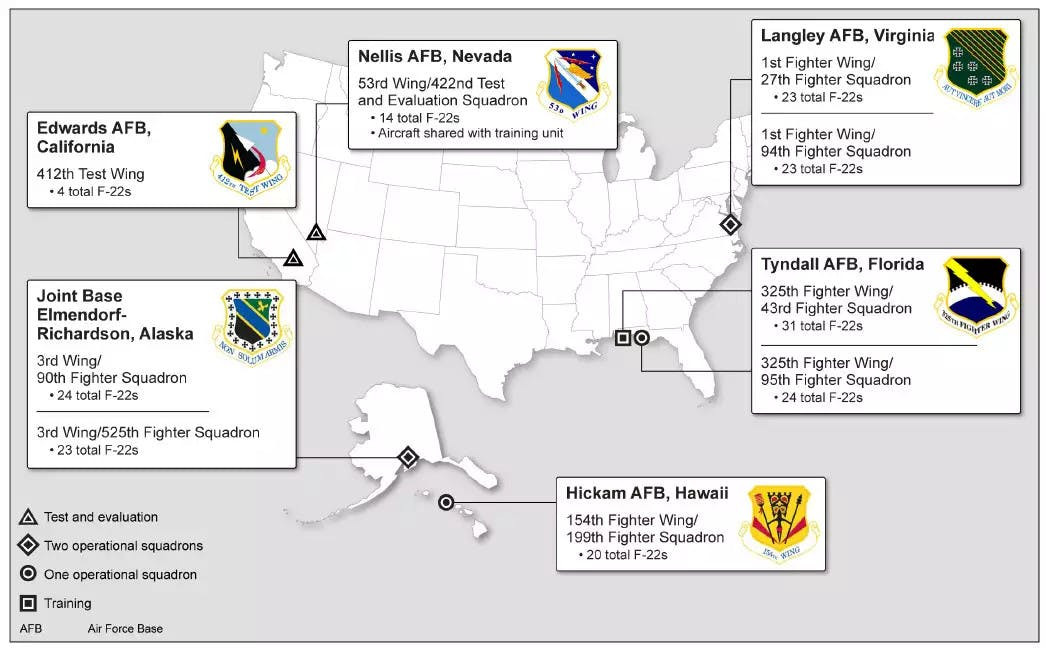
“The permanent solution must address readiness and pilot production by ensuring the F-22 FTU [formal training unit] is set up at a location that optimizes readiness and supports the secretary of defense’s requirement to improve mission capable rates to 80 percent,” U.S. Air Force spokesman Robert Leese said at the time. While the final plan is still awaiting Congressional approval, F-22s from Tyndall, along with their pilots, have already dispersed to units in Virginia, as well as Alaska and Hawaii.
At the same time, the small size of the F-22 fleet overall inherently makes it difficult to realize any cost savings through economies of scale. Combined with the complexities and maintenance intensive nature of the fighter, in general, it may remain persistently difficult to sustain Raptor readiness rates, especially during high-tempo, long-term combat operations during a major conflict.
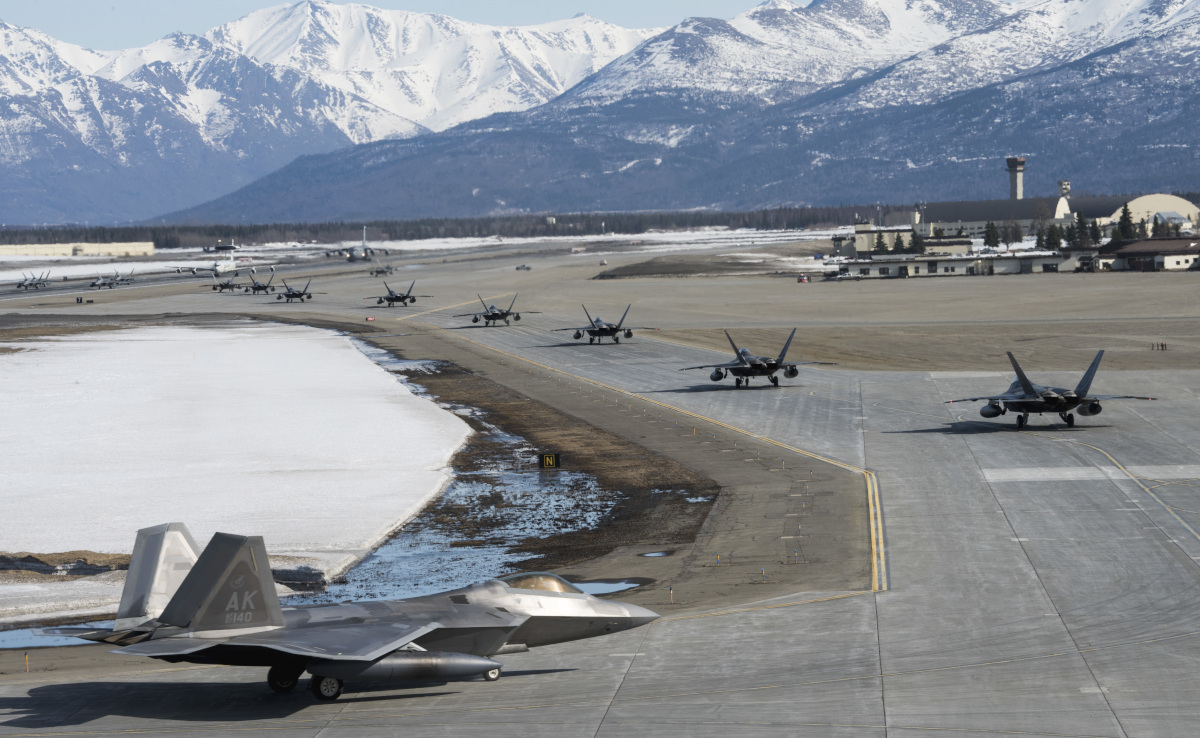
Even relatively minor drops in mission-capable rates could have outsized impacts on the operational capacity of the F-22 fleet. For perspective, just working with the raw numbers, with an 80 percent mission capable rate for combat-coded Raptors, this would still only mean that around 100 of the aircraft are operational any given time. The total number immediately available for deployment would likely be lower given training requirements and operational planning, which would keep some of the aircraft in reserve to respond to new contingencies on short notice and to replace combat losses.
In the meantime, it’s not clear what will happen now that there is no doubt that the F-22 will fail to hit the 80 percent target by the end of September. Mattis’ 2018 memo did not outline any punitive measures if the services could not meet the readiness targets, but the Air Force may still need some sort of official waiver, according to Air Force Magazine. “We’re in discussions with OSD [the Office of the Secretary of Defense] on the way forward,” Brigadier General Collins explained.
All told, the Air Force is clearly aware of the importance of increasing the readiness of the F-22s, and keeping it at those elevated levels, in order to maximize the fleet’s operational capacity. At the same time, the service still clearly faces significant hurdles in doing so.
Contact the author: joe@thedrive.com
